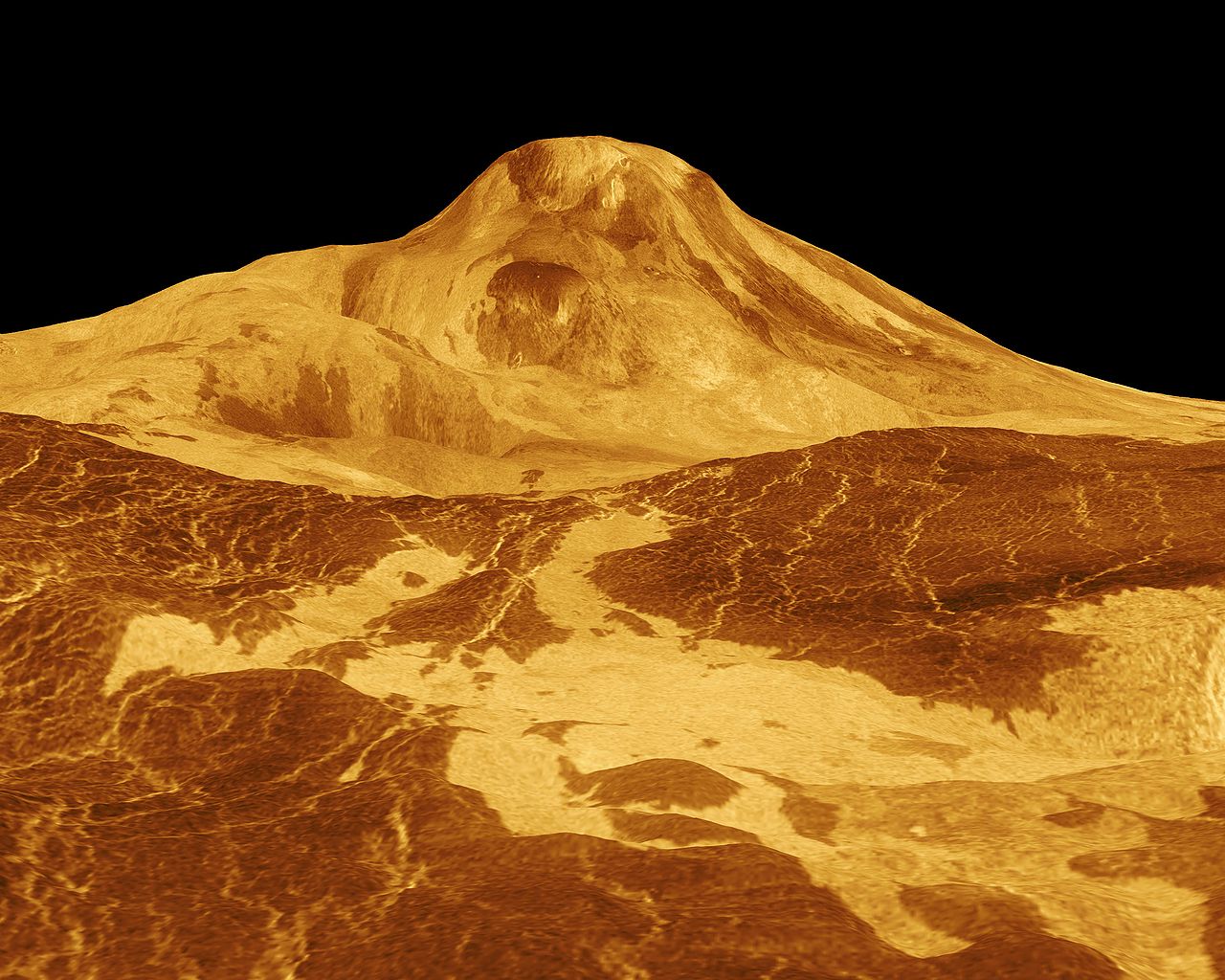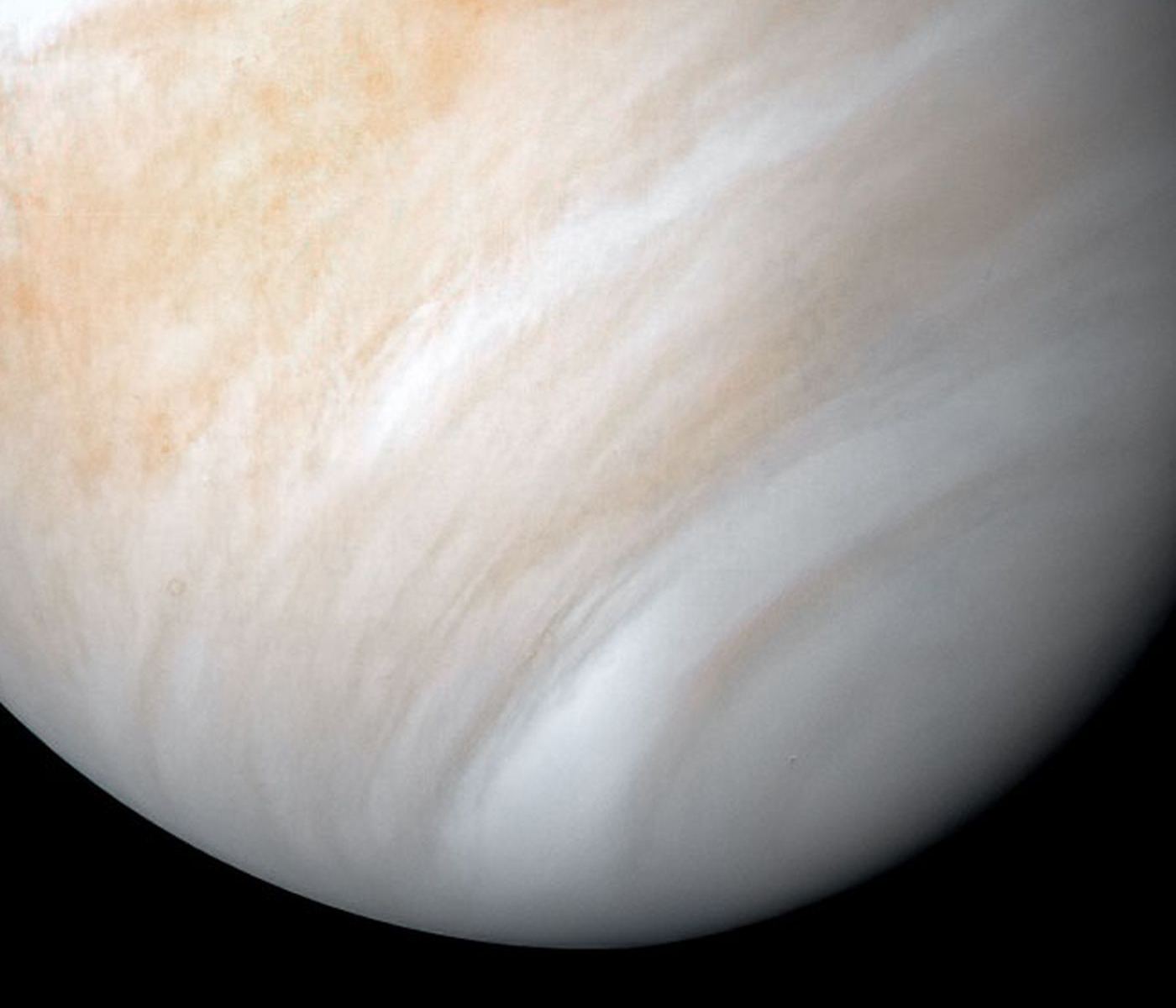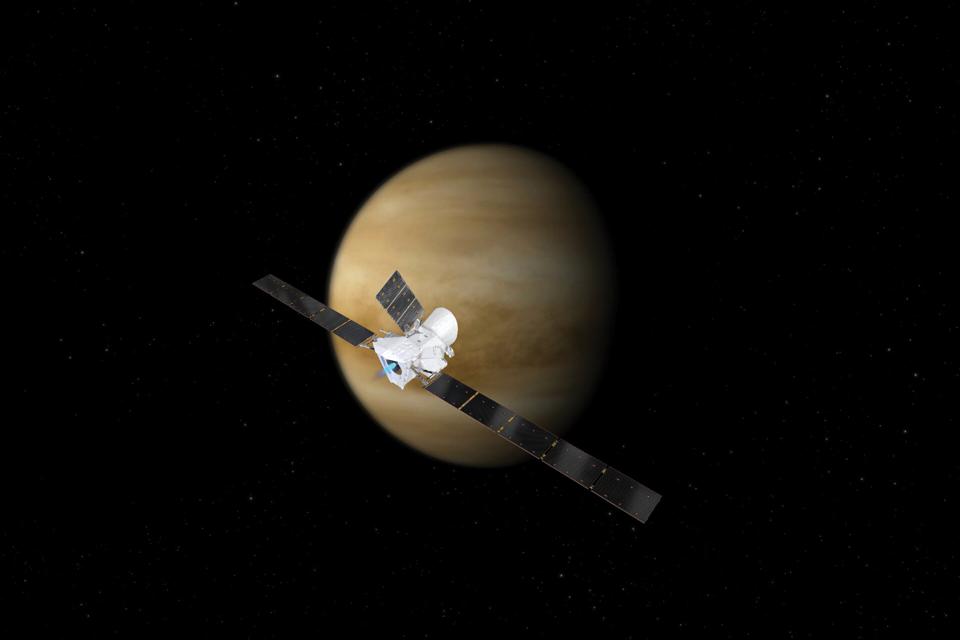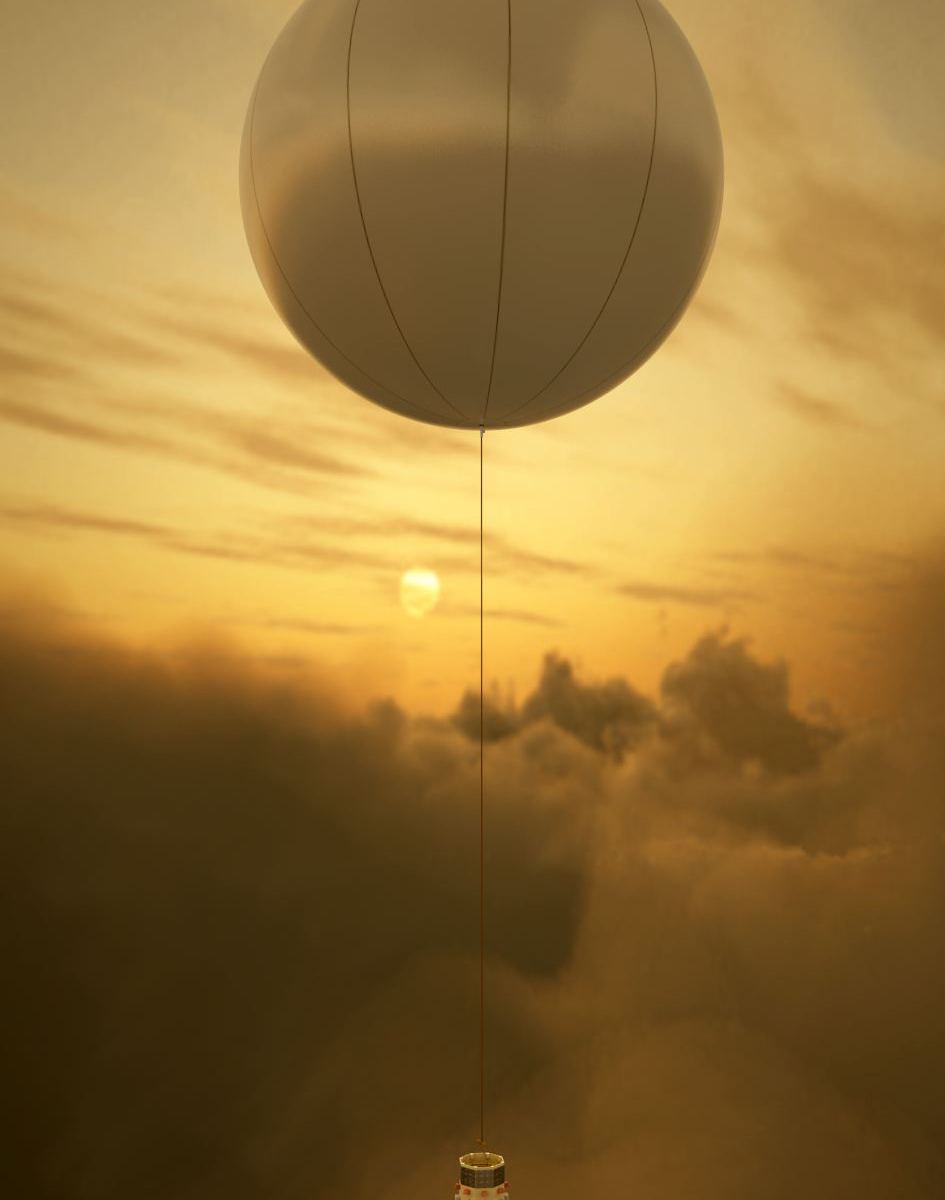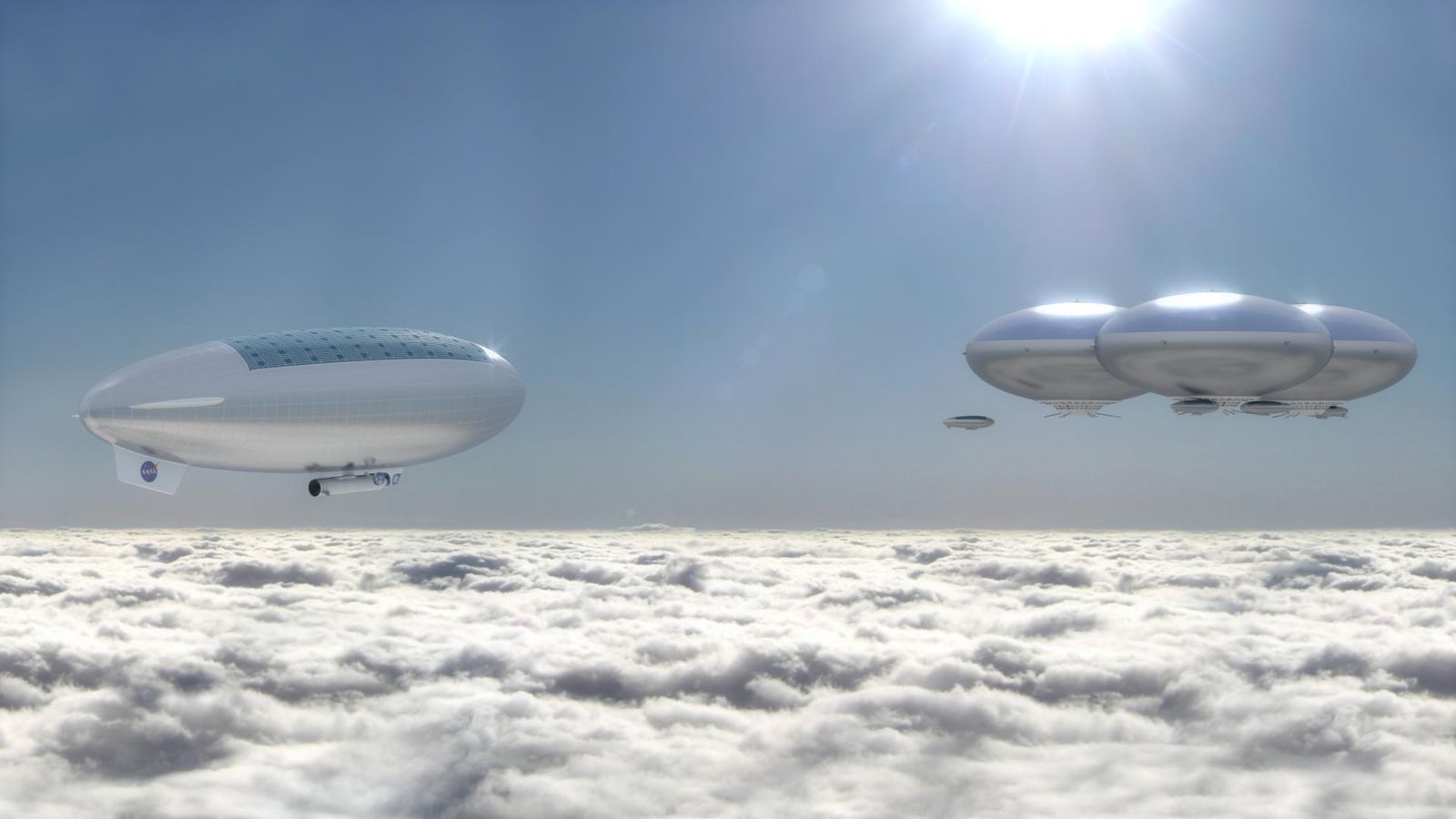The on-again, off-again detection of phosphine in the atmosphere of Venus appears to be off-again – for now. The latest study, based on data from the SOFIA telescope, reveals that the flying observatory didn’t see any signs of phosphine. According to the results, if there is any phosphine present in Venus’s atmosphere at all, it’s a maximum of about 0.8 parts per billion, much smaller than the initial estimate.
However, the team that made the initial detection of phosphine, which was announced in 2020, disagrees with the researchers’ interpretation of the SOFIA data.
Continue reading “SOFIA Fails to Find Phosphine in the Atmosphere of Venus, But the Debate Continues”


